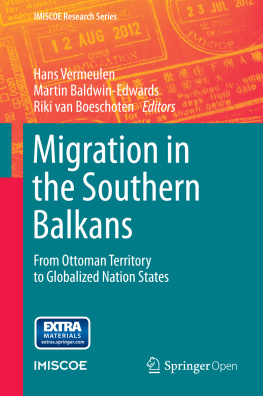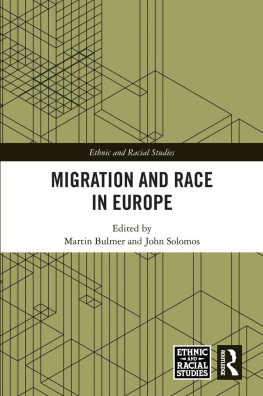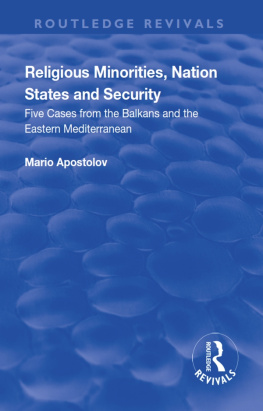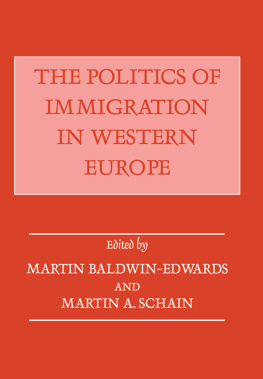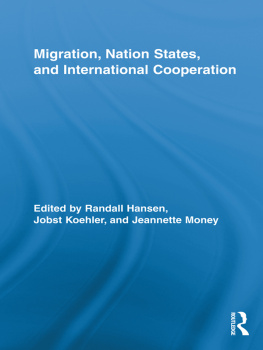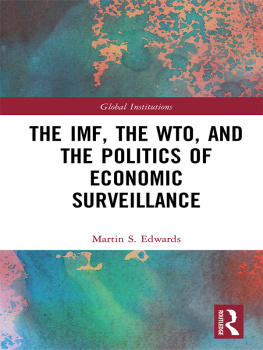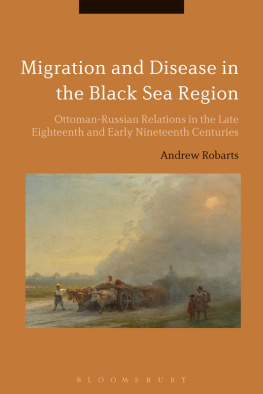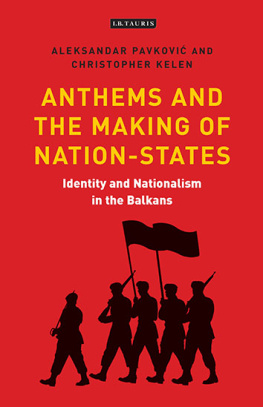1. Introduction
Martin Baldwin-Edwards
was until recently Director of the Mediterranean Migration Observatory,based at the Institute for International Relations, Panteion University, Athens. Until 2014 he was also Senior Researcher at the International Centre for Migration Policy Research (ICMPD) in Vienna. He has published widely on migration issues, especially in the regions of southern Europe, the Middle East and the Balkans. Recent publications include Labour immigration and labour markets in the GCC (London School of Economics, Kuwait Programme 2011) and with A. Kraler, eds., REGINE: Regularisations in Europe, Amsterdam University Press, 2009
Riki van Boeschoten
is Professor of Social Anthropology and Oral History at the University of Thessaly, Greece. Her research interests include memory, refugee studies, migration and ethnicity, civil war conflicts and post-socialism. She has directed a research programme on gender and migration from Albania and Bulgaria ( http://extras.ha.uth.gr/pythagoras1/en/index.asp ). Her most recent book, Children of the Greek civil war: Refugees and the politics of memory, co-authored with Loring Danforth, was published by Chicago University Press, 2011. Website: users.ha.uth.gr/boeschoten
Hans Vermeulen
is emeritus professor of the University of Amsterdam. Until his retirement in 2001 he was director of research at the Institute of Migration and Ethnic Studies of the University of Amsterdam, the Netherlands. He used to research in Greece and the Netherlands. His main interests and publications are on ethnicity, nationalism, multiculturalism, migration, integration and the second generation
Previous studies of migration in the Southern Balkans have been fragmented not only along national but also along disciplinary lines. Moreover, the fields of study of forced and voluntary migration have been separate, with few interconnections. Our collection intends to bring these different traditions together, and in addition aims to promote mutual understanding between the citizens of the countries of the region, who are now increasingly linked through transnational and globalized networks. In order to achieve this goal, the volume adopts a dual approach to the study of migration in the area. On the one hand, it focuses on migration flows and intercultural exchanges exclusively within the region; on the other hand, it looks at contemporary migration against the background of historical developments during the last two centuries, while at the same time proposing alternative readings of this history. From a methodological point of view, this study reserves a special place for aspects of cultural history often lacking in the literature of migrationmost notably, religion, personal name strategies, gender, family strategies, and memory. It takes an interdisciplinary approach to migrationwith insights from history, anthropology, sociology, economic geography, political economy, and oral historyand utilizes empirical studies of the societies and polities under examination rather than more theoretical elaborations. Our aim is to go beyond the narrow focus of national narratives that have dominated historiography in the region, by identifying transnational or trans-regional bonds from Ottoman times until the present day and also by bringing in comparative perspectives, where appropriate. We consider that migration patterns, coping strategies of individual migrants, and public discourses on migration in the present cannot be explained solely by contemporary developments, since they are deeply influenced by cultural traditions from the past.
The remainder of this chapterlike the contributions that followis organized historically. We start with a short discussion of migration in the Ottoman Empire, also considering some aspects of the late Ottoman Empire that are relevant to issues of migration in subsequent historical periods (such as heterogeneity versus homogeneity and the issue of nationalism). This is followed by a brief discussion of the implications of World War II and its aftermath for migration in the region. Next, we look at migration during the Cold War period and developments since the collapse of the communist regimes in Eastern Europe. We conclude by looking briefly at some consequences for intra-regional migration of the economic crisis that started in 2008.
1.1 Migration in Ottoman Times
Immigration, emigration, and internal migration all played a crucial role in the history of the Ottoman Empire. Immigration was a characteristic of the hey-day of the Ottoman Empire when many people found a safe haven and better economic prospects there. A typical case was that of the Spanish Jews who fled persecution in Spain and arrived in large numbers in the late fifteenth and early sixteenth centuries, settling in urban centres in the Balkansespecially in Salonika and Constantinople (Mazower , pp. 2122).
Besides these population movements between different parts of the Empire, there was also considerable movement within the (Southern) Balkans itself. Seasonal movements of agricultural labourers or of shepherds between winter and summer pastures, as well as the migration of itinerant artisans and traders, were all part of everyday experience. Part of this itinerant population subsequently settled in new locations. In Chap. 2, Petko Hristov describes these traditional forms of migrant labour, focusing on the Slavic-speaking part of the Southern Balkans and more specifically on opluk and Mijak, two mountainous border regions with a long tradition of migrant labour. There was also an almost continuous movement from the mountains to the plains, or in the opposite direction, depending on the security and health conditions prevailing in the Empire. The late Ottoman period saw new migration movements. Following the growth of trade in the late seventeenth century, thousands of Greek merchants established themselves in the cities in the northern part of our region as well as in the Northern Balkans, Central Europe, and southern Russia (Vermeulen ).
While the creation of nation states erected barriers to the free movement of shepherds, itinerant merchants, and all those who wanted to try their luck across state borders, it is difficult to get a clear picture of the volume and state regulation of cross-border migration within the Southern Balkans in the early phases of state formation. Some sources suggest that cross-border migration greatly diminished. Fatsea (, p. 287).
1.2 Heterogeneity and Homogeneity in the Southern Balkans During the Last Period of Ottoman Rule
The frequent migrations during the Ottoman period contributed to the heterogeneity of the Southern Balkans in terms of language, religion and the origin of its inhabitants. The ethnic diversity of the Southern Balkans in Ottoman times is often perceived as being due to two factors. The first factor is the large number of ethnic groups living therea complex situation that many authors describe using the same ethno-national categories as we use today, such as Greeks, Turks, Bulgarians, Serbians, Montenegrins, Albanians, Gypsies and Jews. Second, these groups did not live side by side in neatly separated territories, but were to a large degree intermingled, especially in Macedonia and Thrace (see Sax map in the Appendix). Though such a picture gives some idea of the ethnic complexity and cultural diversity of the region, it is potentially misleading, because it applies present-day categories to the past. People at the time did not see themselves in terms of such categories, although they slowly learnedand were taught and obligedto do so.

